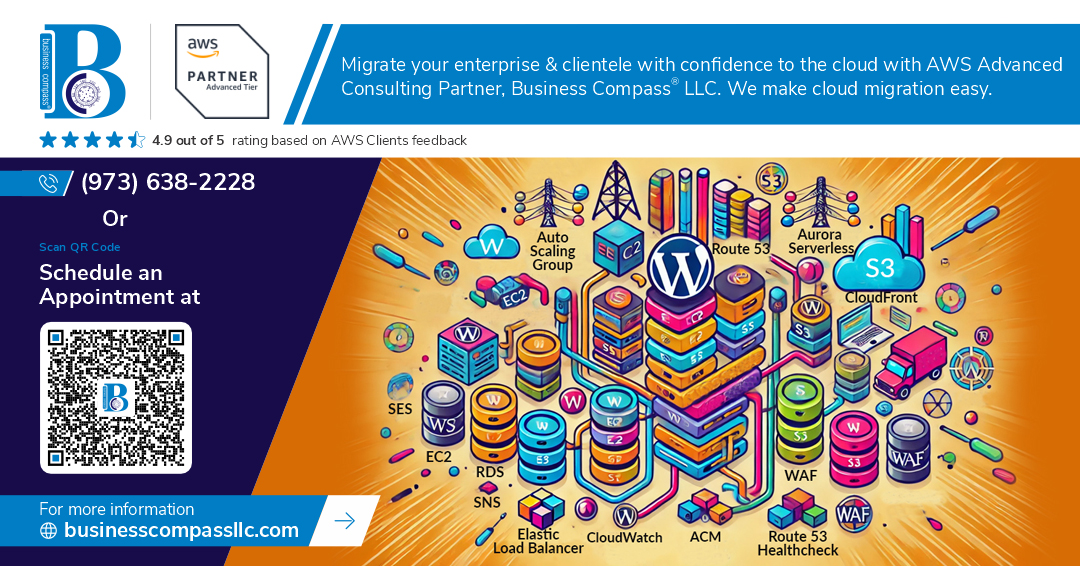Event-Driven Architecture with AWS Lambda and S3: A Complete Guide
Introduction
In today’s cloud-native ecosystem, event-driven architecture (EDA) is critical in building scalable, decoupled, and highly responsive systems. AWS Lambda and Amazon S3 are among the most powerful tools for implementing EDA on AWS. This guide walks you through how to build an event-driven architecture using S3 as the event source and Lambda as the event handler.
What is Event-Driven Architecture?
Event-driven architecture is a design pattern in which services communicate through events. Events are state changes or updates triggered by a user action or system operation. Instead of polling for changes, services react to events in real time.
Benefits of EDA include:
Loose coupling of components
Real-time data processing
Improved scalability and maintainability
Efficient resource utilization
Key AWS Components for EDA
1. Amazon S3 (Simple Storage Service)
A scalable object storage service that can emit events such as PUT, DELETE, or COPY actions on objects.
2. AWS Lambda
A serverless compute service that runs code in response to events. It supports multiple triggers, including S3 event notifications.
3. Amazon SNS/SQS (Optional Enhancements)
Used for message fan-out or queuing mechanisms in more complex EDA systems.
Use Case: Triggering Lambda from S3 Upload
Let’s walk through a simple use case: automatically processing a file when uploaded to an S3 bucket.
Step-by-Step Implementation Guide
Step 1: Create an S3 Bucket
aws s3api create-bucket --bucket my-event-bucket --region us-east-1
Step 2: Write Your Lambda Function
You can use the AWS Console or the CLI to create a Lambda function. Here’s a basic Python example:
import json
def lambda_handler(event, context):
print("Received event: " + json.dumps(event, indent=2))
for record in event['Records']:
bucket = record['s3']['bucket']['name']
key = record['s3']['object']['key']
print(f"New file uploaded: {bucket}/{key}")
Step 3: Create an IAM Role for Lambda
Ensure the Lambda function has permission to be triggered by S3 and to log to CloudWatch.
{
"Effect": "Allow",
"Action": [
"s3:GetObject",
"logs:CreateLogGroup",
"logs:CreateLogStream",
"logs:PutLogEvents"
],
"Resource": "*"
}
Step 4: Add S3 Event Notification
You can configure this via the S3 bucket settings or programmatically using the AWS CLI:
{
"LambdaFunctionConfigurations": [
{
"LambdaFunctionArn": "arn:aws:lambda:us-east-1:123456789012:function:MyLambdaFunction",
"Events": ["s3:ObjectCreated:*"]
}
]
}
Use the following CLI command to update the notification:
aws s3api put-bucket-notification-configuration --bucket my-event-bucket --notification-configuration file://notification.json
Step 5: Grant S3 Permission to Invoke Lambda
aws lambda add-permission \
--function-name MyLambdaFunction \
--principal s3.amazonaws.com \
--statement-id s3invoke \
--action "lambda:InvokeFunction" \
--source-arn arn:aws:s3:::my-event-bucket
Monitoring and Logging
Use Amazon CloudWatch Logs to monitor Lambda executions.
Enable Object-level logging in S3 for traceability.
Use Amazon CloudTrail for auditing.
Advanced Use Cases
Image Resizing: Automatically resize uploaded images.
Data Transformation: Convert uploaded CSVs into a normalized format and store them in a data warehouse.
Video Processing Pipelines: Trigger encoding jobs with AWS Elemental MediaConvert.
Security Best Practices
Use least privilege IAM policies.
Enable bucket policies to control upload access.
Implement encryption using AWS KMS for sensitive data.
Utilize VPC endpoints for private access to AWS services.
Benefits of This Approach
Serverless & Scalable: No infrastructure to manage.
Cost-Effective: Pay only for what you use.
Near Real-Time Processing: Respond to events immediately.
Easily Extensible: Integrate with other AWS services like Step Functions or SNS.
Conclusion
Combining Amazon S3 and AWS Lambda unlocks the full potential of event-driven architecture, enabling robust, real-time processing pipelines without managing servers. This design is ideal for modern applications needing flexibility, scalability, and simplicity.
Whether you're building data lakes, IoT backends, or real-time file processing workflows, this serverless pattern is a foundation worth mastering.

Comments
Post a Comment